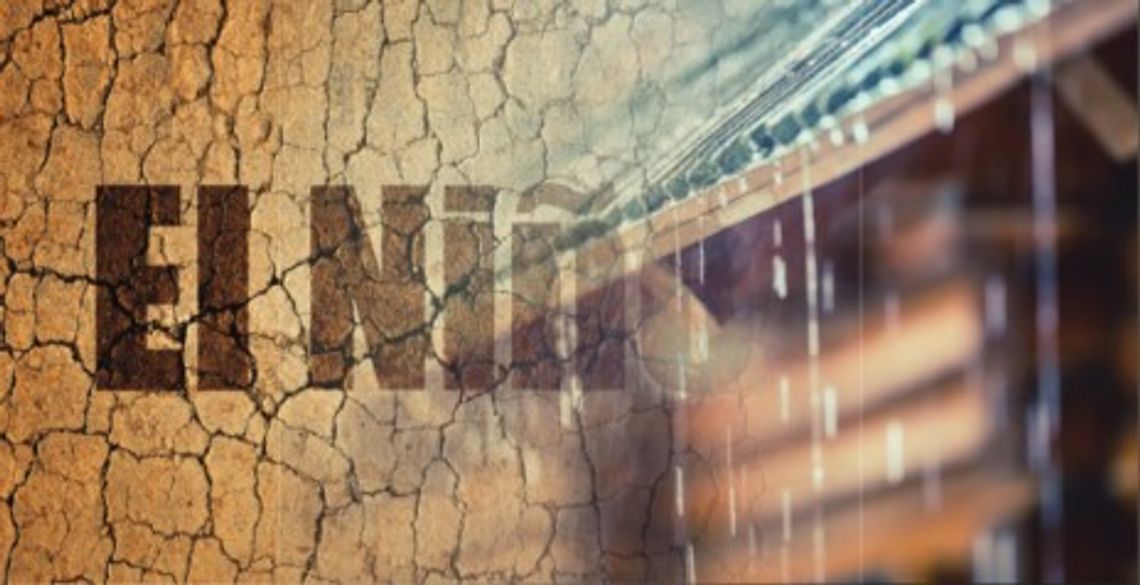The science of meteorology is the study of the weather along with some things that influence it. We now understand much more about the weather than we once did, and some pretty neat predictions have been made in the past. Such as the break in the weather, that was predicted for the D Day invasion of Normandy in 1944. The weather was so bad that the German commander took a few days off and went home for his wife’s birthday. The weatherman told our generals that there would be a break for an invasion, and he was right.
Then there have been some wrong calls through the years, such as the Galveston, Texas Hurricane in September of 1900, that killed as many as 12,000 people.
El Nino means Little Boy or the Christ Child in Spanish. El Nino was originally recognized by fisherman off the cost of South America, in the 1600’s with the appearance of unusually warm waters in the Pacific Ocean, around December. Warm waters meant they did not catch as many fish.
On a typical El Nino winter, we have wetter than average conditions over the U.S. Coast and Florida, and warmer than average conditions, over the western and northern United States.
La Nina means Little Girl in Spanish. It is sometimes called a “Cold Event”. La Nina periods bring below-average sea surface temperatures across the east central pacific. During a La Nina year, winter temperatures are warmer than normal in the Southwest and cooler than normal in the Northeast.
We are entering an El Nino Cycle. All my life, and especially recently, I have heard, “One extreme follows another”. If this is correct, we will go from a dry spell, to a wet and possibly a very cold winter. Previous El Nino winters have contributed to some of the coolest annual temperatures and wettest winters on record.
This is not to say that we will see record rain or temperatures, but chances are better for a cooler and wetter winter, which is much needed to help dig us out of the current drought.
I have taken time to study information and maps supplied by the National Weather Service, that showed typical weather patterns for neutral years, and patterns for moderate to strong El Nino and La Nina years. The one thing that becomes clear, is there are patterns and cycles to our weather. It all comes down to this. The main thing I have learned, is we can’t control the weather, but we know who does.


Comment
Comments